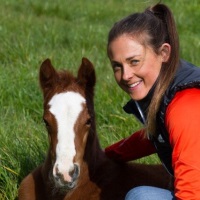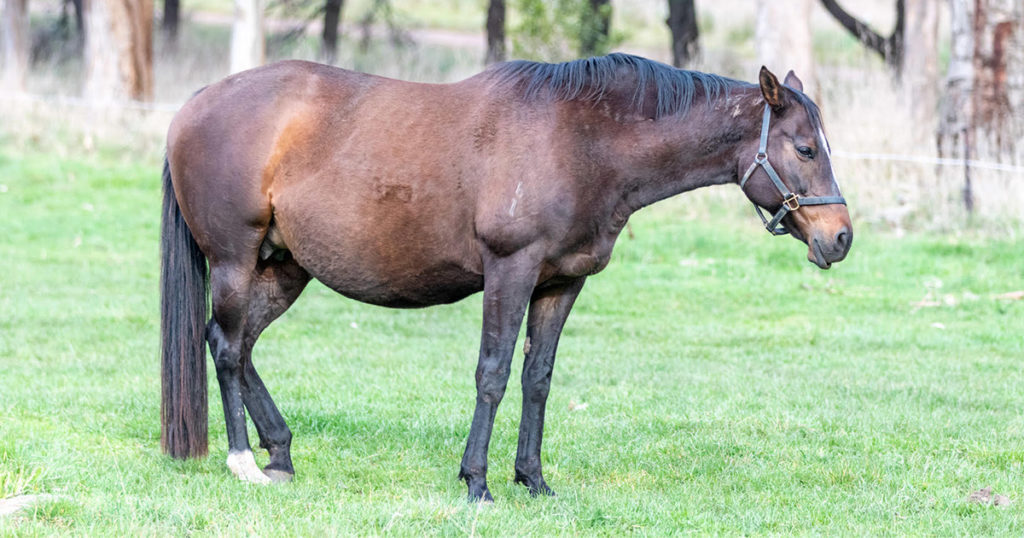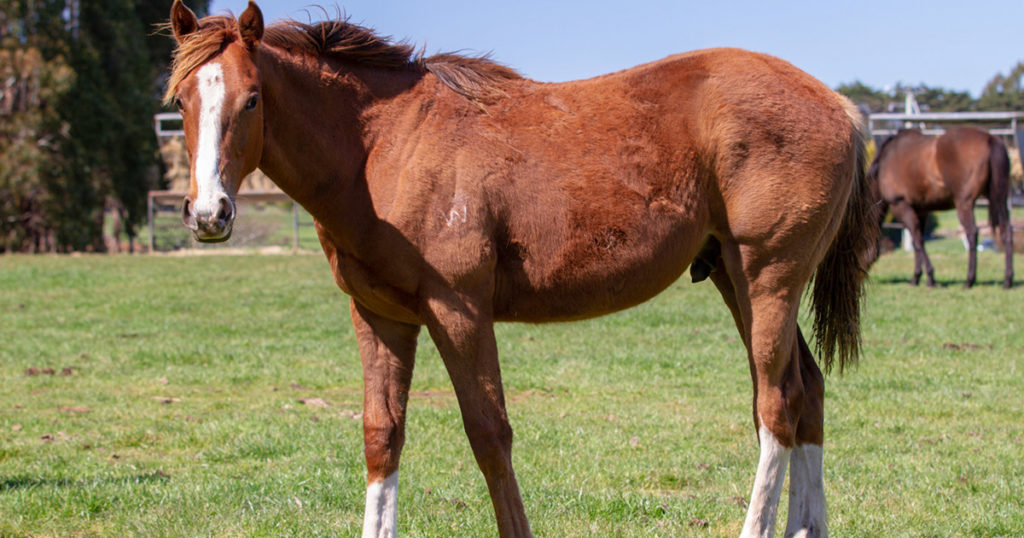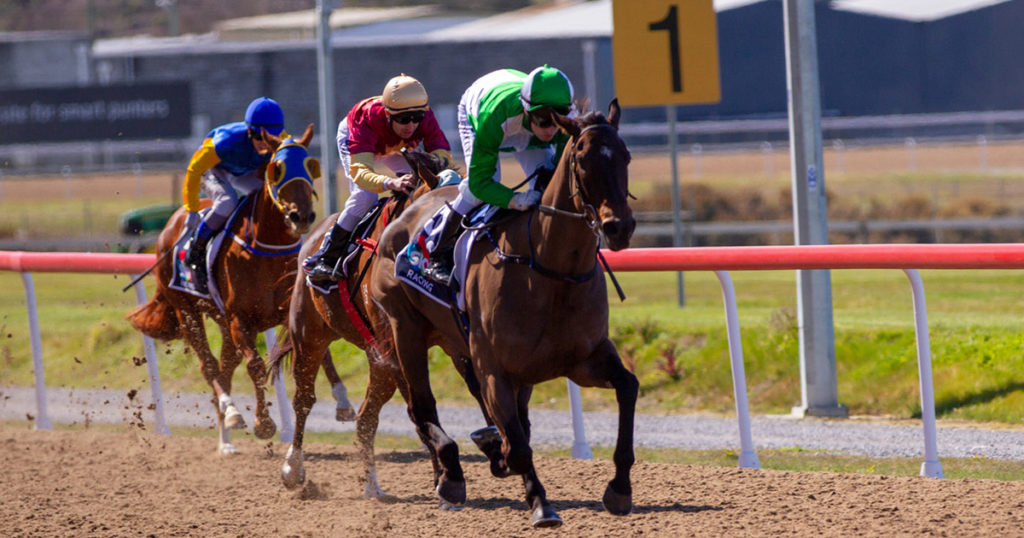There are many possible factors believed to contribute to foals being born with contracted or lax tendons (congenital flexural limb deformities).
These include intrauterine positioning, ingestion of certain toxins by the mare, hypothyroidism in the mare, collagen cross-linking defects, and unidentified predisposing genetic factors.
Two interrelated and important controllable factors are diet/nutrition and the body condition of an in foal mare. Overly fat mares, and/or mares that are fed diets high in relative energy may have a greater risk of having foals with flexural limb deformities.
Many mares are overfed late in pregnancy in attempts to supply adequate nutrition to the developing foal. This is compounded by the perception that fat mares are often mistakingly associated with looking ‘well’.
Additionally, certain nutrient insufficiencies and/or deficiencies may lead to the development of congenital flexural limb deformities.
This can become confusing when mares have a surplus of calories (and look ‘well’) yet do not have sufficient key nutrients to facilitate normal development of the foal in utero. A similar analogy that may be helpful in understanding is to think of a person who lives on takeaways, desserts and overly processed foods. Whilst they are likely consuming enough calories, they will be falling well short of key vitamin, mineral, essential fatty acid and possibly amino acid requirements.
The way we feed and manage our broodmares influences the health of their offspring for life. Ensuring their diet provides key nutrients in appropriate forms and amounts is one of the best things we can do to help facilitate the best health and development in their foal.

Camilla Whishaw is a highly regarded, experienced horsewoman and naturopath, helping to holistically treat and manage a broad range of equine health conditions and injuries, with a passion for mare and stallion fertility.
As a world-renowned practitioner, presenter, author, and consultant in the field of Equine Naturopathy, Camilla shares her knowledge through keynote presentations, interviews, lectures, panel sessions, and workshop training.





